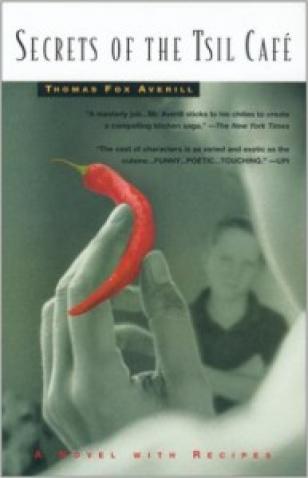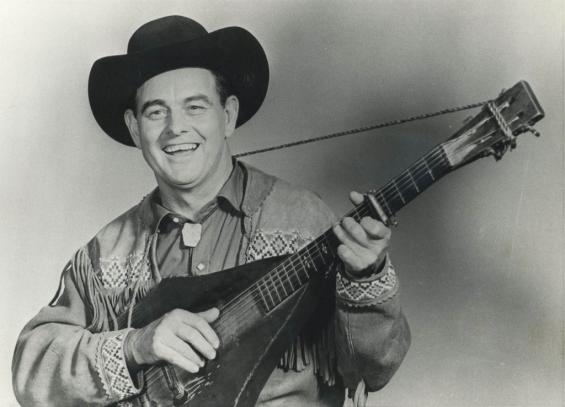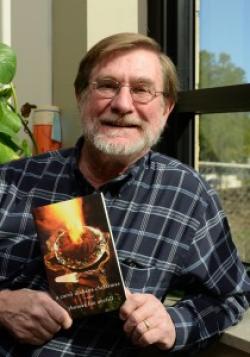Literary Afterlives


My first novel, Secrets of the Tsil Café, was culinary fiction, with 26 recipes of my own invention. I like recipes. They provide a structure, also an activity. They are a kind of plot. Recipes are often associated with ritual and occasion, each of which also contains its own plot: courtship, birthday, funeral. A recipe can also create and reveal character—spicy and bold or, to use that old-fashioned word, “milquetoast.”
Every time we use a recipe, we build upon a foundation. Every time we write, we build upon a foundation. In my second novel, The Slow Air of Ewan MacPherson, I built a scaffolding from reading and re-reading the poetry of Robert Burns. The names of bagpipe tunes and epigraphs from Burns head each chapter, my favorite being from his “To Robert Graham.” Some lines: “Critics—appll’d I venture on the name,/ Those cut-throat bandits in the paths of fame:/ Bloody dissectors, worse than ten Monroes;/ He hacks to teach, they mangle to expose.”
I am interested in foundations, and the borrowing we writers do to create our work. Look at plot structures. The Genesis story of Adam and Eve and The Tale of Peter Rabbit share the same plot: a Don’t, followed by Doing the Don’t, followed by the consequences to the Doer, followed by the consequences from the one who said Don’t. Jack and the Beanstalk and Hansel and Gretel also share the same plot: want, followed by quick fix, followed by monster, followed by killing the monster, followed by abundance. The structure of myth, literature, and ritual resides deep in our human hearts.
In my third novel, rode, I created a literary afterlife for a great song, Jimmy Driftwood’s “Tennessee Stud.” Listen to any YouTube version of the song, sung by Doc Watson, Johnny Cash, Eddie Arnold, Rambling Jack Elliott, or Driftwood himself (see: https://www.youtube.com/watch?v=4TJjFEGNKlk) and you will know the plot.
Plot structure fixed, I could play with how and why things happen, focusing on character more than action. Instead of writing a plot, I was interpreting a plot. Given my recipe metaphor, this means I’m not creating a dish (taco, cole slaw), I’m interpreting the idea of taco and slaw, recreating for myself. For example, as I researched the novel in the Jimmy Driftwood archives in Conway, AR, I found three versions, each in his own hand, of a particular line in the song. “I loped right back across Arkansas, I whipped her brother and I whipped her pa.” Whipped was also written as whupped and whooped. I studied the differences in those variants, and finally, because I wanted my hero to have learned something from his journey, I chose the least violent—whoop, which means a “calling out,” as in a war whoop. Robert Johnson uses his brain, and logic, to convince the brothers and pa to let his sweetheart come with him.
In my fourth novel, A Carol Dickens Christmas, published last August from the University of New Mexico Press, I celebrate Dickens’ A Christmas Carol, creating a work my scholar friend Linda Hughes calls “Victorian Afterlife.” Carol Dickens organizes her Christmas around five meals she’s lifted from the pages of Dickens (again, complete with recipes), and she reads Dickens’ Christmas classic with her son Finn, who is  soon leaving home. She is beset by transitions—not only her son leaving home, but her ex-husband deciding to decamp, as well. And the family dog is dying. And a co-worker decides to intensify his courtship of her. Through it all, Carol takes solace in Victoriana: a reference librarian, she is preparing a paper on transitions. She wonders when the Victorian became the Modern in literature, and is convinced that she can answer this question by counting semi-colons. As you might guess, Dickens uses many. D.H. Lawrence uses none, at least in Lady Chatterly’s Lover. The semi-colon becomes a central metaphor, perhaps even a plot; semi-colons, after all, join two independent clauses. That describes everyone in Carol’s life: independent, but still in the same sentence. As she says at the end of the book: “I toast the semi-colon.” She raised her glass. “The go-between of clauses and meanings; the transition mark that tells us there is more to come; the signal that promises all shall be joined in meaning. To semi-colons used and still-to-be used. God bless them every one.”
soon leaving home. She is beset by transitions—not only her son leaving home, but her ex-husband deciding to decamp, as well. And the family dog is dying. And a co-worker decides to intensify his courtship of her. Through it all, Carol takes solace in Victoriana: a reference librarian, she is preparing a paper on transitions. She wonders when the Victorian became the Modern in literature, and is convinced that she can answer this question by counting semi-colons. As you might guess, Dickens uses many. D.H. Lawrence uses none, at least in Lady Chatterly’s Lover. The semi-colon becomes a central metaphor, perhaps even a plot; semi-colons, after all, join two independent clauses. That describes everyone in Carol’s life: independent, but still in the same sentence. As she says at the end of the book: “I toast the semi-colon.” She raised her glass. “The go-between of clauses and meanings; the transition mark that tells us there is more to come; the signal that promises all shall be joined in meaning. To semi-colons used and still-to-be used. God bless them every one.”
In each of my novels, I have taken real pleasure in creating literary afterlives: from recipes, from Burns, from Driftwood, and from Dickens. Like all of us who write, I want to move beyond imitation and copying and into inspiration and creativity. I start from the known and move happily into a next life.
Recommended
Nor’easter
Post-Op Appointment With My Father
Cedar Valley Youth Poet Laureate | Fall 2024 Workshop






